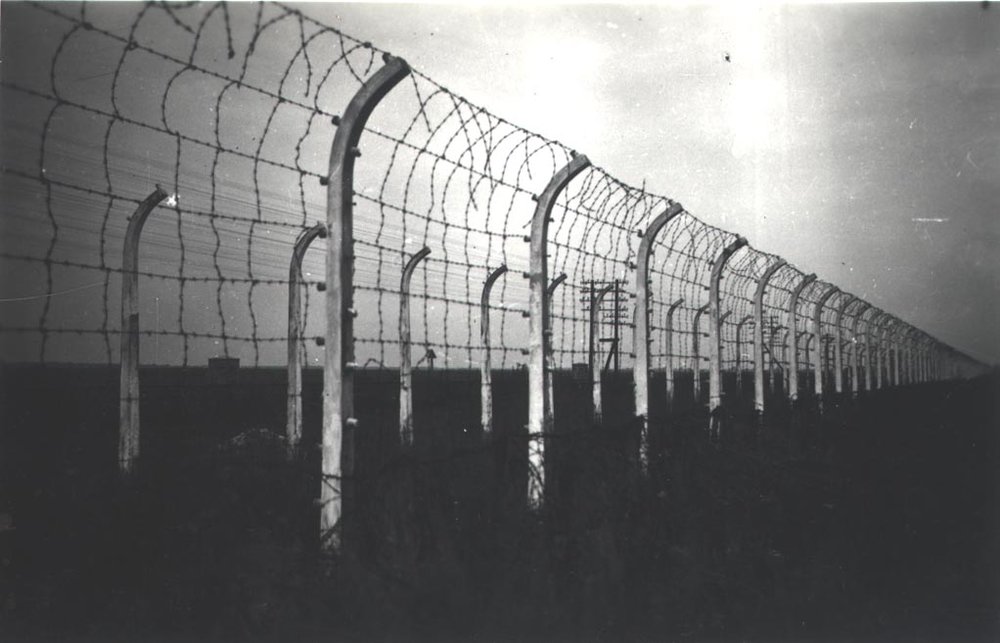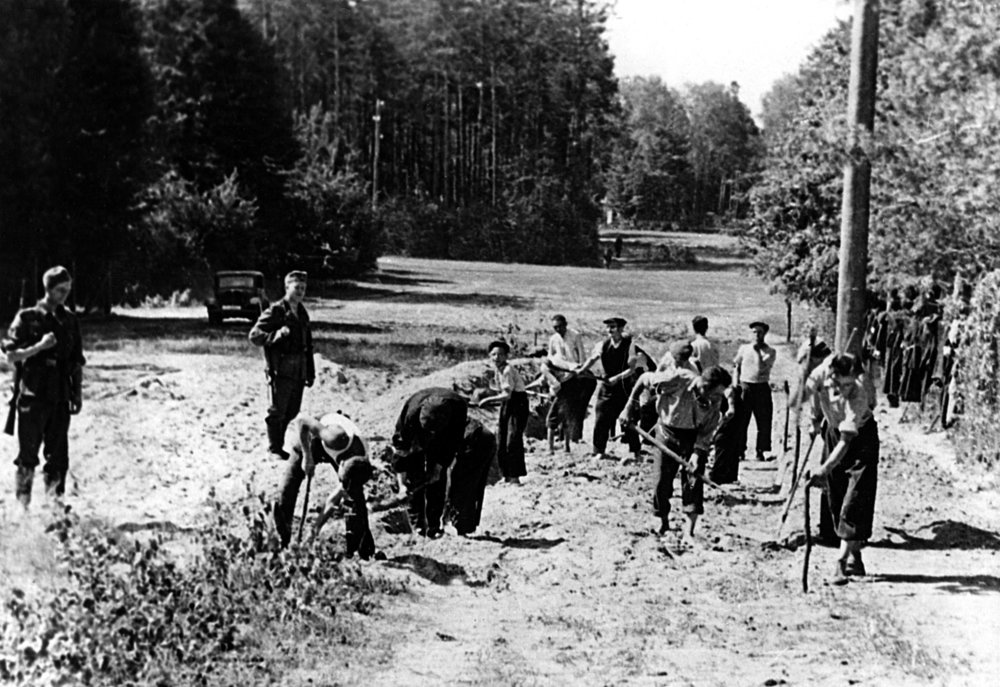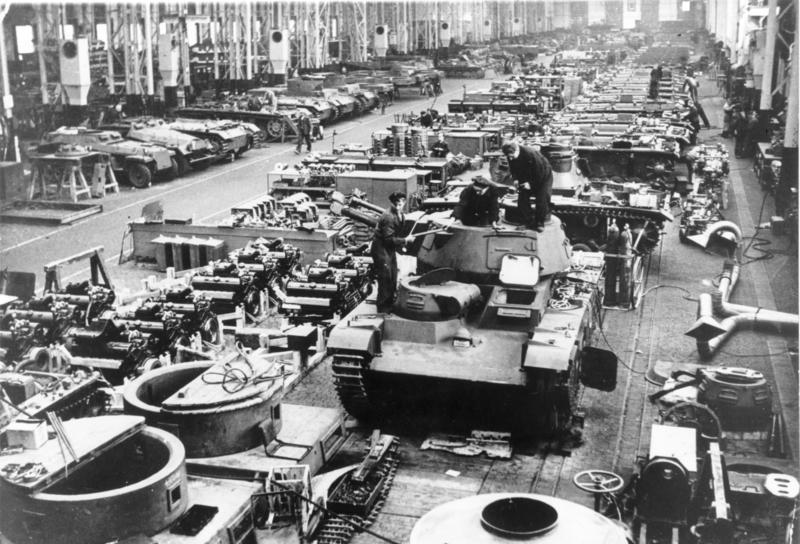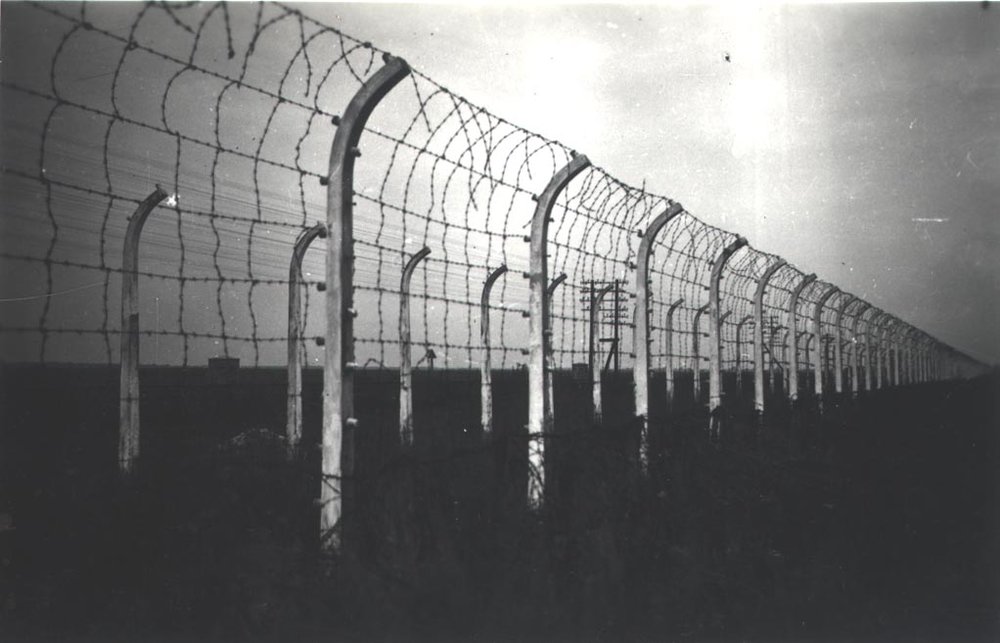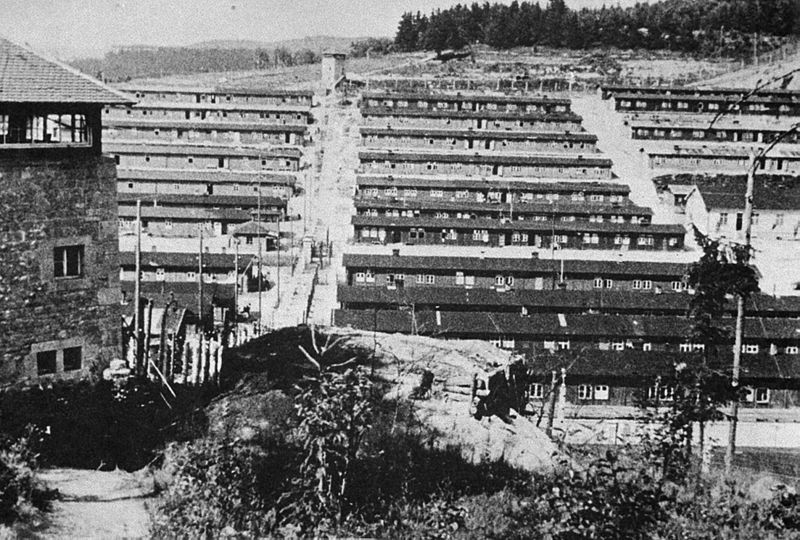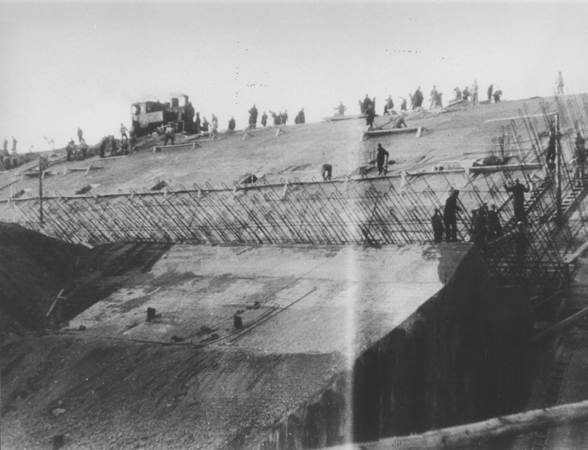Now famously dubbed the “Tattooist of Auschwitz” by author Heather Morris, Lale Sokolov was a Slovakian Jew and a Holocaust survivor. During the Holocaust, Sokolov was sent to Auschwitz and became the concentration camp’s tattoo artist until its liberation.
Sokolov kept his experiences in Auschwitz to himself, scared that it made him look like a collaborator for the Nazis. However, in 2003, just three years before his death, the tattooist put his story out into the public sphere. Sokolov was born on the 28th of October 1916 in the Kingdom of Hungary, now called Krompachy in Slovakia. He was born Ludwig Eisenberg to Jewish parents, and at the age of 26 was sent to the Nazi’s biggest death camp – Auschwitz.
Sokolov was sent to Auschwitz on the 23rd of April 1942, and upon his arrival, was tattooed with the number 32407. This piece will explore the details of Sokolov’s life and experience in the most notorious Nazi concentration camp, as brought to attention by Morris’s interviews with Sokolov and novel.
Life in Auschwitz
Sokolov was registered in the camp as Ludwig Eisenberg, a Slovak Jew and a locksmith by trade. He was given the prisoner number 32407. Accounts show that Sokolav began his work as a tattooist for the concentration camp soon soon after imprisonment.
The following camps were the only ones to tattoo their prisoners, all of which were part of the Auschwitz concentration camp complex:
- Auschwitz (Main Camp)
- Birkenau
- Monowitz
It was only the prisoners who were sent to work that received prisoner numbers. Those who were sent directly to be killed were not issued with such a number. Initially, the camps’ Nazi authorities marked the prisoners clothing with their numbers. However, as there was no way to identify the bodies after death once clothing had been removed, the camps introduced tattoos to identify the bodies.
The initial practice of tattooing introduced into the camp was a stamp comprised of needles that made the shape of a number. Prisoners were stamped with this, and ink put into the wound once made. Once this practice proved ineffective, a single needle method was used to write out the prisoner’s number.
The tatovierers of Auschwitz
There were tatovierers to tattoo all of the prisoners coming into these camps. Accounts from survivors have claimed female prisoners tattooed those coming into the Birkenau camp. The prisoner numbers were tattooed by tatovierers in the main camp. Many prisoners were trained to tattoo incomers, suggesting there numerous tatovierers throughout the camps.

It is claimed that whilst Sokolov never thought of himself as a Nazi collaborator, there was a stigma surrounding the prisoners working for the SS. Many believed that they were adding to the abuse and brutality Jewish people faced in the camp.
Examples of this can be found in the Kapo of the commando that Sokolov was a part of, Bohdan Komarnicki. Kormarnicki gained a bad reputation amongst the other prisoners, deemed an informant and collaborator of the Nazis. It was partly due to these attitudes that Sokolov kept quiet about his role as the Auschwitz tatovierer for most of his life.
Meeting Gisela Fuhrmannova
Whilst tattooing a group of new arrivals, Morris writes from her interviews with Sokolov that the Holocaust survivor first met Gisela Fuhrmannova whilst tattooing on her prison number. Gisela Fuhrmannova’s Shoah Visual Archive testimony states that her prisoner number was 4562.
Once the camp had been liberated, Sokolov and Fuhrmannova could be together. The couple married in 1945 and settling down in Melbourne, Australia.
The couple had one son, born in 1961, and died within 3 years of each other. After his wife’s death in 2003, Sokolov then felt he was able to open up about his experience in the Holocaust.
Sokolov was interviewed by author of The Tattooist of Auschwitz Heather Morris for the remaining three years of his life, to which her novel is built on. Morris’s novel has become the number one International Bestseller and a New York Times Bestseller. Whilst claims have been made against some of the facts in Morris’s novel, the book still raises awareness of Sokolov’s deeply fascinating, and equally heartbreaking, life story.

